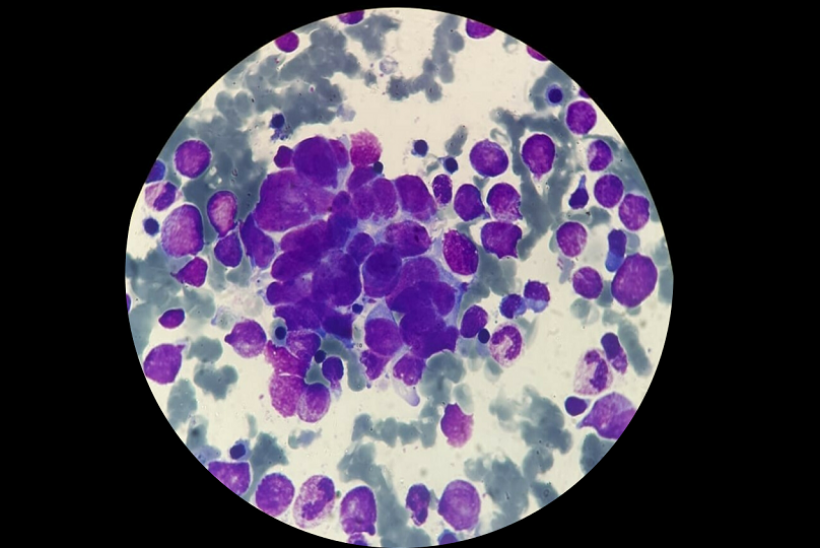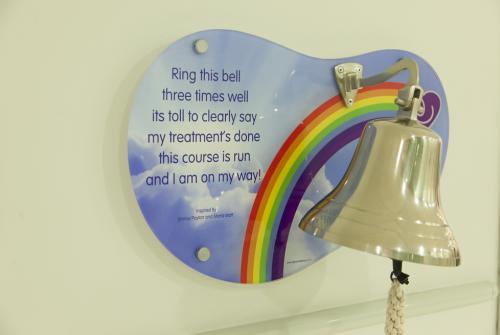Neuroblastoma
Overview
Neuroblastoma is a rare type of cancer that mostly affects babies and young children.
It affects around 100 children each year in the UK and is most common in children under the age of 5. It begins in the abdomen, usually in the adrenal glands – hormone-producing glands above the kidneys, or in the nerve tissue that runs alongside the spinal cord in the neck, chest, tummy or pelvis. It can spread to other organs, such as the bone marrow, bone, lymph nodes, liver and skin.
Treatment at GOSH
Great Ormond Street Hospital for Children (GOSH) is one of the three largest centres for children with cancer/leukaemia in the world and the largest in Europe. The Haematology and Oncology department at GOSH is uniquely set up to treat the rarest and most complex forms of paediatric cancers.
Conditions we treat
Neuroblastoma is remarkable in that its severity can vary greatly between individuals. As with most cancers, neuroblastoma is given a risk classification. The main treatments for neuroblastoma are at GOSH:
- Low/Intermediate risk: a combination of chemotherapy, surgery, radiotherapy depending on risk classification. Duration of treatment variable from 2 months to 12 months depending on risk classification.
- High-Risk Neuroblastoma: First-line treatment: Chemotherapy with Stem cell harvest, Complex surgery, Radiotherapy, High Dose Chemotherapy with Autologous Bone Marrow Transplant, Immunotherapy. Duration of treatment 14-18 months depending on tumour response and patient recovery
- Relapse Neuroblastoma: chemotherapy with or without stem cell reinfusion. Chemoimmunotherapy, MIBG therapy, ALK inhibitors. Duration of treatment depending on patient response.
Advanced treatment options at GOSH
- High dose chemotherapy with stem cell rescue
- Intensity-modulated radiation therapy (IMRT)
- Immunotherapy with antibody anti GD2
- Chemo-immunotherapy
- Radio-metabolic treatment with 131I-MIBG
- Cryoablation
- Complex abdominal, thoracic, neck and cranial surgery
- Complex spinal surgery
Advanced techniques for diagnosis at GOSH
- 124I-MIBG scan
- Circulating tumour DNA
- NGS panel sequence on the tumour
GOSH Outcomes 5-year Data
For low/Intermediate risk Neuroblastoma the survival rate at 5 years is between 80% and 95% depending on risk classification. For High-Risk Neuroblastoma the expected 5 years survival rate is 50-60%
Refer your child for treatment
Use the form below to refer your child for treatment. A member of our team will be in touch within 2 working days.
Mandatory fields



